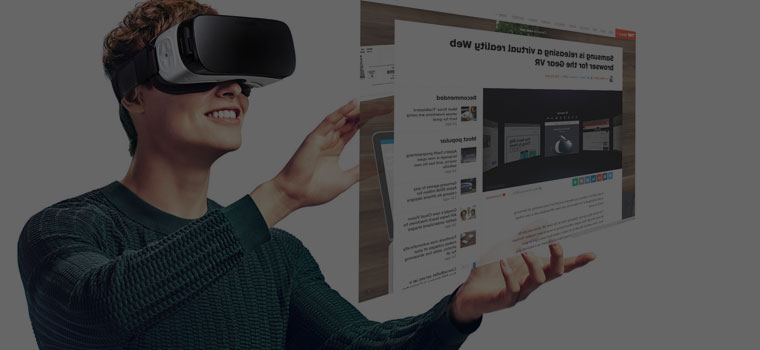By 2022 The Global AR and VR Market To Be Worth $120 Billion
As per analysts, it has been estimated that the global augmented reality and virtual reality will be worth around $120 billion by the year 2022 with the CAGR being 58.3%. In 2015, this market had a worth of just $2.67 billion.
Understanding the Market
Much of the AR and the VR market is propelled by software, apps and hardware devices, with the devices being used for 3D display. These technologies have found widespread usage in a variety of applications. Apart from gaming and entertainment, they have also been used for training purposes in sectors such as industrial, defense and medical. All of these factors are playing a role in the growth of the market.
The only factor that is repressing the growth is the advancements in the technologies. The fact is that the advancements are completely dependent on the innovation taking place in digital network and computing devices. It is only with the improvement of those devices that AR and VR can grow in leaps and bounds.
Among the device type segments of this market, the biggest piece of the pie belongs to Head Mounted Display devices. This is mainly due to the immense demand for such hardware in the fields of medicine, entertainment and gaming with respect to their vertical segments. In terms of geography, North America has been estimated to be the biggest market for revenue generation. After all, it is the main technological and IT base. On the other hand, the Asia-Pacific region has assessed to be the fastest emerging among all the markets.
The Key Players
There are several well-known names that are making strides in AR and VR but quite a few new ones have also make powerful impressions here. Google, Microsoft, Samsung, Qualcomm and Oculus VR are some of the famous corporations which have begun to invest significantly in these technologies. Other companies with notable works in this market are Magic Leap, Vuzix, Blippar, Metaio GmbH and Cyberglove Systems.
It is interesting to see Apple’s stand on AR and VR. CEO Tim Cook has continued to drop hints that Apple is making investments in AR. It seems that the company believes that AR has a high potential although nothing concrete has been forthcoming from Apple so far.
As for Google, its Google Cardboard offering has been available for a few years and has garnered a sizeable niche of enthusiasts. This VR platform enables users to create their own VR headsets with cardboard and a smartphone. It was designed to encourage interest in VR and inspire developers to work on VR applications.
While Microsoft has invested in AR, its product, HoloLens, is yet to find its way into the consumer market. Currently, only early adopters and developers have the product. Microsoft’s current plan is to release HoloLens in 2019.
Vuzix Corporation has recently become headlines after it entered into a deal with Toshiba to create custom smart glasses. The corporation is already making a name in the development of AR and VR products and technologies, not only for enterprises but also consumers.
While it has taken time, it seems that AR and VR are finally going to arrive. It is a possibility that these technologies will, one day, become as ubiquitous as smartphones.



